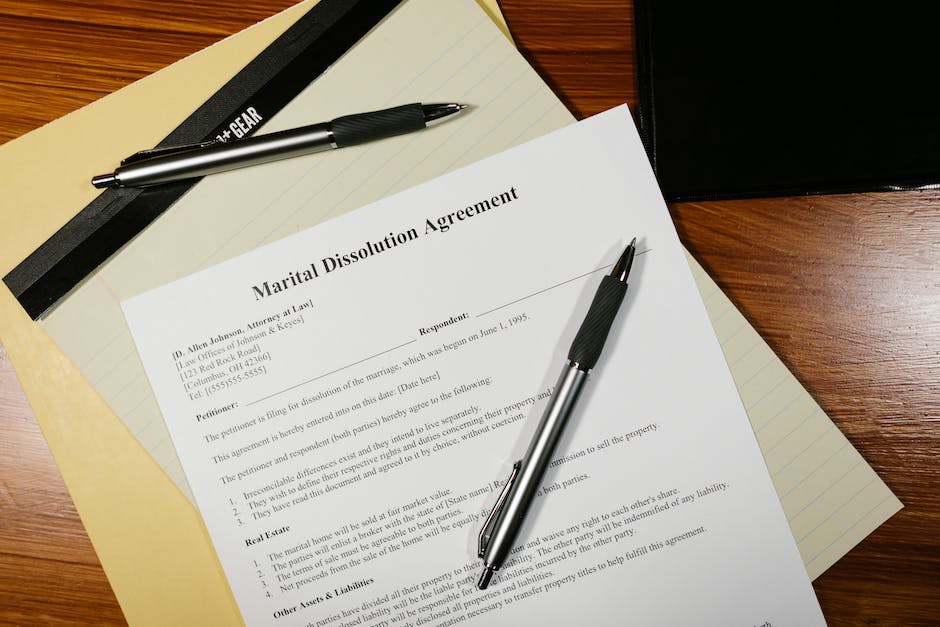Introduction
A lease agreement is a legal document that outlines the terms and conditions of a rental agreement between a landlord and a tenant. As a landlord, it is important to include essential elements in the lease agreement to protect your rights and interests. These elements include the names of the parties involved, the rental property address, the lease term, rent amount and due date, security deposit, maintenance and repair responsibilities, and any restrictions or rules for the property.
Rent Payment Terms

As a landlord, one of the most important documents you’ll ever create is a lease agreement. This document outlines the terms and conditions of the rental agreement between you and your tenant. It’s essential to include all the necessary elements in your lease agreement to avoid any misunderstandings or legal issues down the line. In this article, we’ll discuss the essential elements to include in a lease agreement for landlords, starting with rent payment terms.
Rent payment terms are one of the most critical elements of a lease agreement. After all, you’re renting out your property to make money, and rent payments are the primary source of income. It’s essential to be clear about the rent payment terms in your lease agreement to avoid any confusion or disputes.
First and foremost, you need to specify the amount of rent and when it’s due. This may seem obvious, but you’d be surprised how many landlords forget to include this information in their lease agreements. Be specific about the amount of rent, including any late fees or penalties for missed payments. You should also specify the due date for rent payments, whether it’s the first of the month or another date.
It’s also a good idea to include information about how rent payments should be made. Will you accept cash, checks, or online payments? If you’re accepting online payments, specify which platforms you’ll accept payments through. You should also include information about where rent payments should be sent or dropped off.
Another important element to include in your lease agreement is information about security deposits. Security deposits are a common requirement for rental properties, and they’re intended to cover any damages or unpaid rent at the end of the lease term. Be clear about the amount of the security deposit and when it’s due. You should also specify the conditions under which the security deposit will be returned, such as after a move-out inspection.
Finally, it’s a good idea to include information about rent increases in your lease agreement. While you may not plan to increase rent during the lease term, it’s always a possibility. Be clear about the circumstances under which rent increases may occur, such as at the end of the lease term or after a certain period of time. You should also specify how much notice you’ll give tenants before a rent increase takes effect.
In conclusion, rent payment terms are a critical element of any lease agreement for landlords. Be clear and specific about the amount of rent, when it’s due, and how it should be paid. Include information about security deposits and rent increases to avoid any confusion or disputes down the line. By including these essential elements in your lease agreement, you’ll set clear expectations for your tenants and protect yourself from any legal issues. And who knows, maybe you’ll even get your rent on time!
Security Deposit and Fees
As a landlord, one of the most important things you can do to protect yourself and your property is to have a solid lease agreement in place. A lease agreement is a legally binding contract between you and your tenant that outlines the terms and conditions of the rental agreement. While there are many elements that should be included in a lease agreement, one of the most important is the section on security deposits and fees.
First and foremost, it’s important to understand what a security deposit is and why it’s necessary. A security deposit is a sum of money that a tenant pays upfront to cover any damages or unpaid rent that may occur during their tenancy. It’s essentially a safety net for landlords, providing them with a financial cushion in case anything goes wrong.
When it comes to setting the amount of the security deposit, there are a few things to keep in mind. First, it’s important to check your state’s laws to see if there are any limits on how much you can charge. Some states have strict regulations on security deposits, so it’s important to do your research before setting the amount.
Second, you’ll want to consider the value of your property and the potential cost of any damages that may occur. While you don’t want to charge an exorbitant amount, you also don’t want to set the deposit too low and risk not having enough to cover any damages.
Once you’ve determined the amount of the security deposit, it’s important to outline the terms and conditions for its use. This should include information on how the deposit will be held (such as in a separate account), when it will be returned (usually at the end of the tenancy), and under what circumstances it can be withheld (such as for unpaid rent or damages beyond normal wear and tear).
In addition to the security deposit, there may be other fees that you want to include in your lease agreement. For example, you may want to charge a non-refundable application fee to cover the cost of background checks and credit reports. You may also want to charge a late fee for tenants who don’t pay their rent on time.
When it comes to setting these fees, it’s important to be reasonable and transparent. You don’t want to charge so much that it becomes a burden for your tenants, but you also don’t want to set the fees too low and risk not covering your costs.
Finally, it’s important to include a section on how these fees will be collected and when they are due. This should include information on how tenants can pay (such as by check or online), when the fees are due (such as on the first of the month), and what happens if they are not paid on time (such as incurring a late fee).
In conclusion, the section on security deposits and fees is an essential element of any lease agreement for landlords. By setting clear terms and conditions for these payments, you can protect yourself and your property while also providing your tenants with a fair and transparent rental experience. And who knows, maybe you’ll even get a few laughs out of it along the way!
Maintenance and Repairs Responsibilities
As a landlord, you want to make sure that your lease agreement covers all the necessary elements to protect your property and your interests. One of the most important aspects of a lease agreement is the maintenance and repairs responsibilities. In this section, we will discuss the essential elements that you should include in your lease agreement to ensure that your property is well-maintained and that your tenants are responsible for any repairs that may be needed.
First and foremost, it is important to clearly define the responsibilities of both the landlord and the tenant when it comes to maintenance and repairs. The lease agreement should state that the landlord is responsible for maintaining the property in a safe and habitable condition, while the tenant is responsible for keeping the property clean and reporting any maintenance issues to the landlord in a timely manner.
It is also important to include a clause that requires the tenant to notify the landlord of any repairs that need to be made. This clause should specify the timeframe in which the tenant must report the issue, as well as the method of communication that should be used. For example, the lease agreement may state that the tenant must report any repairs needed within 24 hours of discovering the issue, and that they must do so by calling or emailing the landlord.
In addition to reporting repairs, the lease agreement should also specify who is responsible for paying for them. Generally, the landlord is responsible for repairs that are necessary due to normal wear and tear, while the tenant is responsible for repairs that are needed due to their own negligence or misuse of the property. For example, if a tenant accidentally breaks a window, they would be responsible for paying for the repair, while if the roof needs to be replaced due to age, the landlord would be responsible.
Another important element to include in the maintenance and repairs section of your lease agreement is a clause that allows the landlord to enter the property to make repairs. This clause should specify the circumstances under which the landlord may enter the property, as well as the amount of notice that must be given to the tenant. For example, the lease agreement may state that the landlord may enter the property to make repairs with 24 hours’ notice, except in cases of emergency.
Finally, it is important to include a clause that specifies the consequences for failing to comply with the maintenance and repairs responsibilities outlined in the lease agreement. This clause should state that the tenant may be held liable for any damages that result from their failure to report repairs or maintain the property, and that they may be subject to eviction if they repeatedly fail to comply with their responsibilities.
In conclusion, the maintenance and repairs responsibilities section of your lease agreement is essential to protecting your property and your interests as a landlord. By clearly defining the responsibilities of both the landlord and the tenant, specifying the timeframe and method of reporting repairs, outlining who is responsible for paying for repairs, allowing the landlord to enter the property to make repairs, and specifying the consequences for failing to comply with these responsibilities, you can ensure that your property is well-maintained and that your tenants are held accountable for any necessary repairs. And if all else fails, just remember that a little bit of duct tape can fix just about anything!
Conclusion
Conclusion: Essential elements to include in a lease agreement for landlords include the names of all parties involved, the rental property address, the lease term and rent amount, security deposit and pet policies, maintenance and repair responsibilities, and any additional terms and conditions agreed upon by both parties. A well-written lease agreement can help protect both the landlord and tenant and ensure a smooth rental experience.


